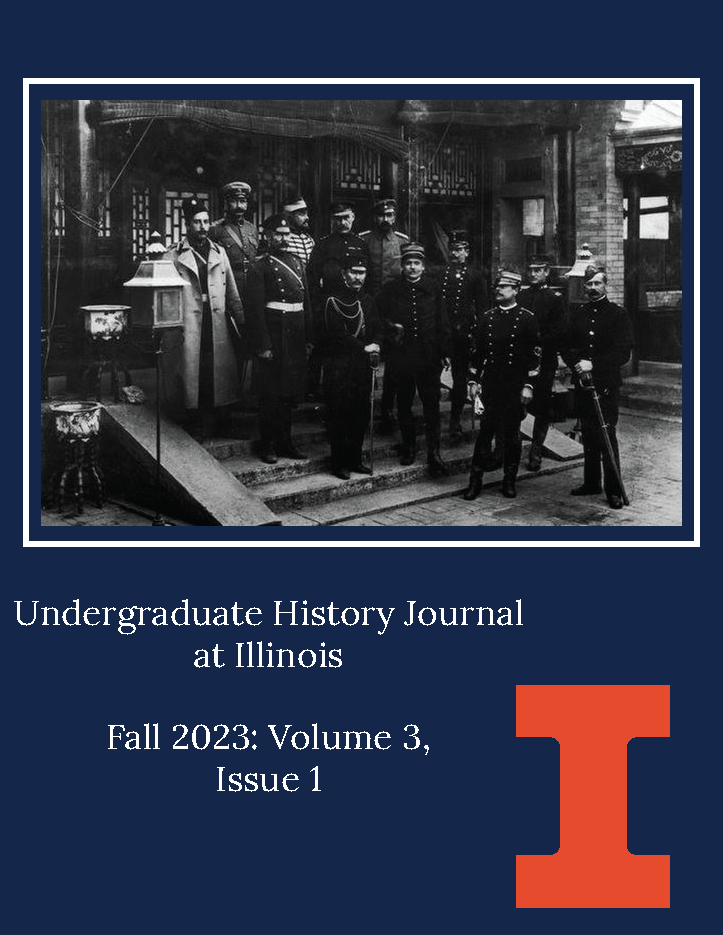Interwar Gun Control A Feigned Consensus
Main Article Content
Abstract
The issue of a powerful gun lobby opposed to bare-minimum gun control legislation, such as a permit to purchase, appears to be one of the many products of recent polarization and culture war. However, this legal juggernaut did not just suddenly emerge—it has been present and growing since the first efforts to address the national gun problem that has claimed so many lives. In 2020, a year indicative of the significant and tragic rise in mass shootings and gun-related deaths in recent years, there were 13.6 deaths attributed to firearms per 100,000 Americans.1 At the peak of the interwar period’s gun issue in 1932, this number was 15.4.2 These deaths and the wide publicization of the criminals who committed them rallied the public behind the federal government’s gun control efforts, demonstrated by an early Gallup poll that found nearly four out of five Americans supported the registration of all pistols and revolvers.3 Given the overwhelming demand for gun control, many historians look back at the 1930s as a time when gun enthusiasts and gun control advocates put aside their differences for the common good. However, the truth is far different. Despite this appalling crisis met by a country ready for change, the NRA would not allow restrictive gun control legislation to pass. The NRA testified before Congress that it was “not at all” opposed to reasonable gun control,4 as they simultaneously sent letters to its members calling on their support to completely kill that same bill they had testified for.5 In an environment ideal for gun control, the interwar period gun lobby feigned consensus around the need for gun control out of necessity; however, their efforts to gut such legislation demonstrated resistance to all gun control evocative of modern-day gun lobbyists.

